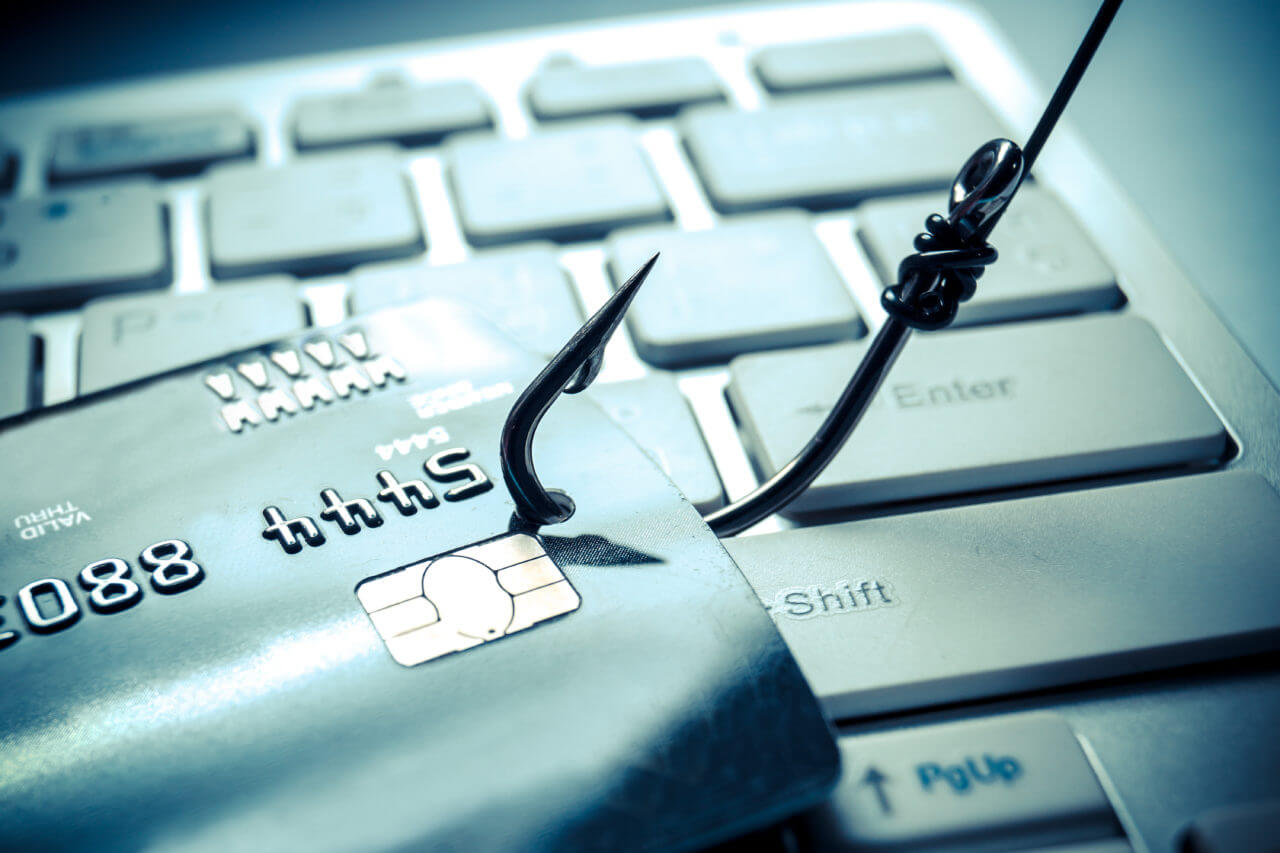Cybersecurity Tips On How to Protect Yourself From Ransomware Attacks
Ransomware attacks are a type of cybercrime in which hackers use malware to encrypt files on a computer or network, locking users out until a ransom is paid to the cybercriminal. These cyber attacks have become the number one enemy of companies and institutions. Luckily there are many cybersecurity solutions to stay safe and to keep cyber attack away while using internet.
In the last few months, many major companies, laboratories, town halls and, even more seriously, hospitals, have fallen prey to these cyber attacks. Far from representing a simple technological challenge, they have shown their capacity to deeply disrupt an activity and endangering data security.
How to prevent ransomware attacks:
Ransomware revention is better than cure: this proverb applies perfectly to this cyber threat. Because ransomware needs a point of entry into your system, many cyber attacks can be prevented with cybersecurity awareness and training for employees about the basics of cybersecurity. Here are six steps to take to best prepare for ransomware and prevent cyber threats.
Train employees to recognize and avoid phishing and social engineering attacks.
If ransomware is a forest fire, employees are the tinder that starts the fire. Hackers can use malware or scan employee’s social media profiles and use phishing and social engineering scams to make data theft and obtain personal information, account numbers, banking information and login credentials from unsuspecting users by posing as real entities via email or phone.
Related post: How to protect yourself against phishing?
Provide cybersecurity tools and implement security policies
Weak passwords can be a real cyber threat! To achieve their goals, cybercriminals use lists of stolen credentials to gain control of servers and endpoints. Knowing that a large proportion of users use weak, common, easy-to-guess passwords that are identical across multiple accounts, hackers have no trouble infiltrating their target’s networks.
Using an easy-to-use credential manager will make your employee’s lives easier and can significantly reduce the cause of the majority of cyber incidents.
One solution to this recurring problem of weak passwords used by employees is to implement a single sign-on or SSO system, which requires only one authentication step to then access all business tools. Many companies rely on these cybersecurity solutions to help them manage access to a large number of business connections inside the network.
However, SSO vendors are not compatible with all business websites or applications and do not address critical needs such as secure password sharing to monitor risk. SSO also can’t support employee security when using personal productivity tools that the company doesn’t pay for. it’s important to enable firewal against ransomwares and use a VPN or antivirus software too.
That’s why security experts recommend a second line of data security in case your data is exposed and suggest implementing two-factor authentication (2FA) on all your accounts. Two-factor authentication – or strong authentication – supplements your password by requiring an additional piece of verification every time you allow a new device to access your account, or every time you log into your account. This second factor can be something you own (like a USB stick, phone) something you are (biometrics), or something you know (like a code). This greatly prevents most cyber threats including ransomwares.
Install and maintain network security and monitoring tools.
There are many solutions available to strengthen the security of fixed and mobile devices to mitigate the risk of becoming a victim of ransomware. Commercially available firewalls and VPNs can be installed on laptops, desktops, tablets and smartphones to protect your network, provided they are kept for the long term and updated regularly.
These updates should be automated, but if not, if your employees do not have this habit, do not hesitate to remind them of the importance and accompany them in this process to give them the right reflexes. Don’t forget that an unprotected and out-of-date device is a real open door for cyber hackers to easily make data breach.
Also, make sure you maintain your servers and computer networks. Many cybersecurity tools can be used, for example you can use vulnerability scanners and intrusion detection software to help your team quickly detect malwares and identify malicious activity before these cyber attacks gain momentum.
Keep your data backups off your primary network to keep a high level of ransomware protection
Keeping an up-to-date backup of data is an integral part of any security policy. If you are the victim of a ransomware attack, this tool is essential for executing a recovery plan after the fact and recovering from the incident more quickly. This preventive copy may even allow you to refuse the ransom.
However, data backups are only useful if they are secured on an external network, out of reach of hackers. Therefore, it is crucial to maintain a clear separation between your primary network and your backups when it comes to defending against these cyber threats.
All the cybersecurity tools, technologies and processes in the world are not enough on their own. You also need to create a company culture where employees are aware of the importance of cybersecurity and see it as a shared responsibility. In a recent Harris Poll, 70% of respondents said they felt their company had a responsibility to keep their business accounts secure. This is not enough. Employees need to understand that their behavior has an impact on the entire company. Something as simple as clicking on the wrong link can have catastrophic results for the business.
Another important factor in a security-focused culture is that employees must trust their IT departments to report any potential internet threats they encounter to them without apprehension. Being able to react quickly helps mitigate any potential cybercrime. By making it clear that everyone is partly responsible for the overall cybersecurity of the organization, you can eliminate the silos that sometimes exist between IT and the rest of the company and create a trusting relationship in which everyone is part of the same team.
Implementing these six tips can significantly reduce your risk of a ransomware attack and improve your overall cybersecurity. But it won’t be easy for everyone. It will take a change in mindset for many companies to commit to investing in training, education, and tools that make employees’ lives easier instead of more complicated.



